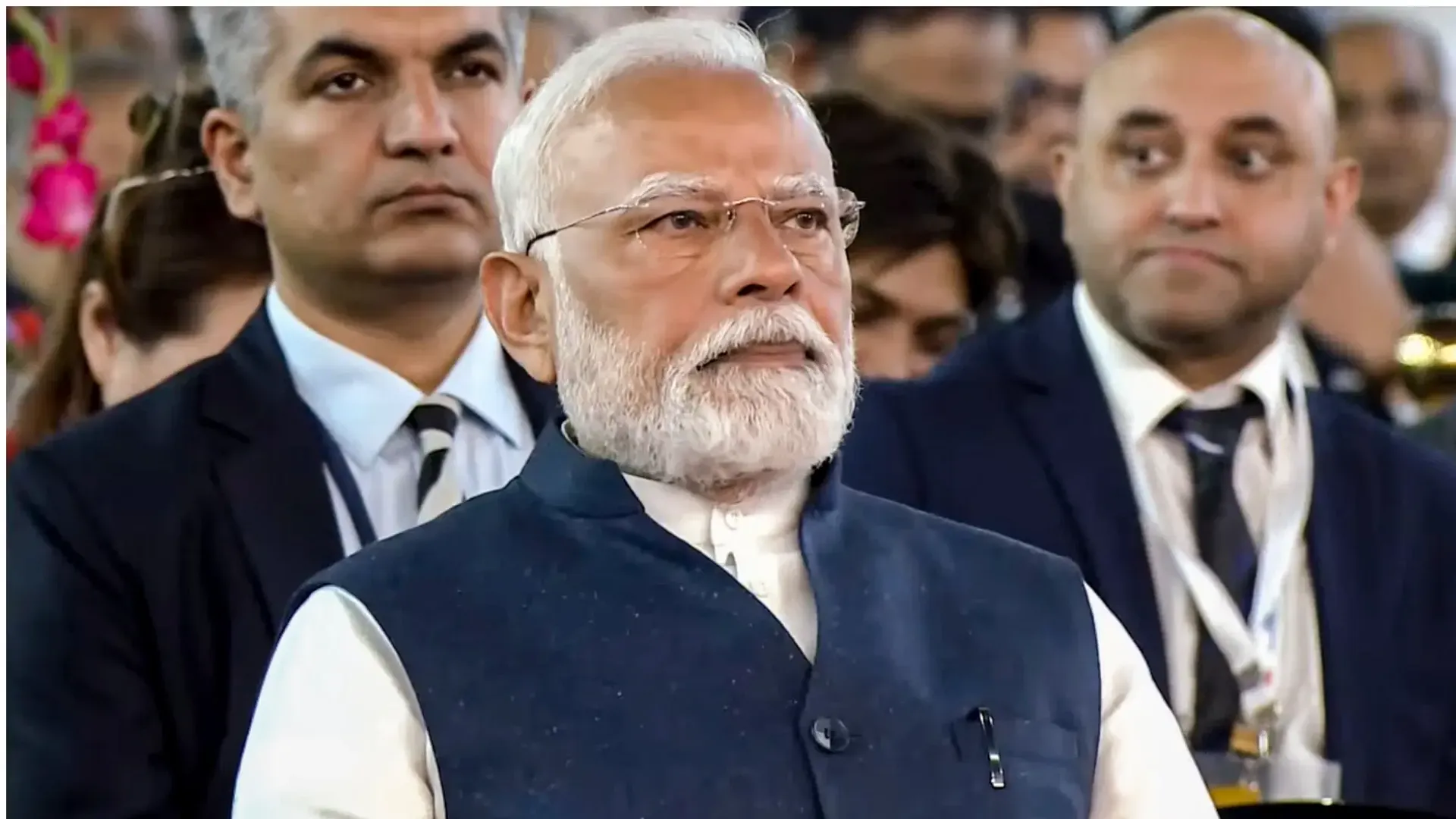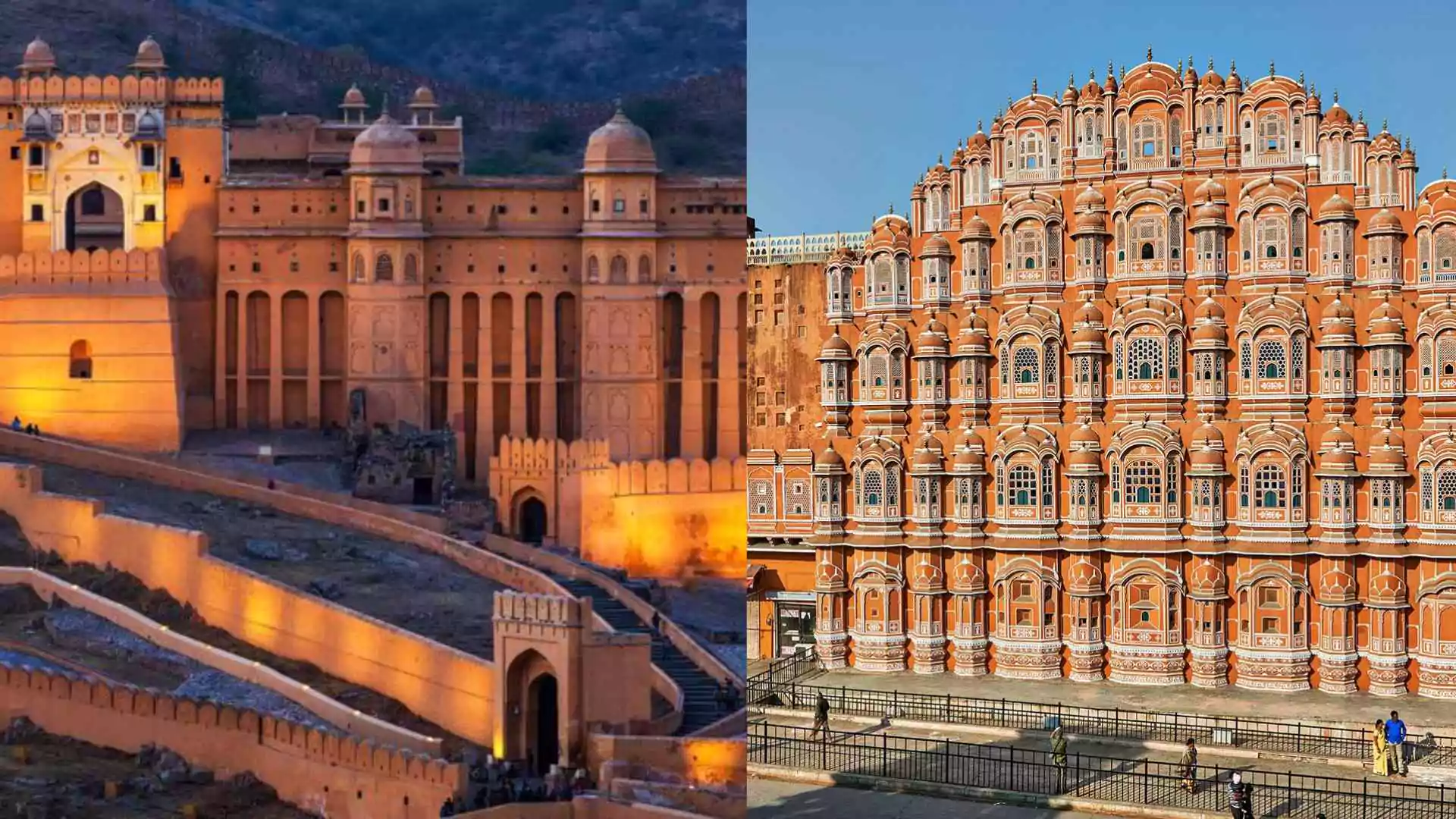The Indian government plans to implement a common school curriculum across Buddhist monasteries along its delicate Himalayan border as part of a daring education reform intended to strengthen national identity and lessen Chinese influence.
In more than 600 monasteries spread across the states of Himachal Pradesh, Uttarakhand, Sikkim, and the Union Territories of Jammu & Kashmir and Ladakh, India is introducing a uniform curriculum for the first time. In addition to their traditional teachings of Tibetan and Indian Buddhist philosophy, these monastic schools will now incorporate instruction in Indian history, language, science, and technology.
Defending the Border Through Education
This sweeping reform, officials say, is part of a strategic initiative to protect India’s cultural and territorial interests in regions where China’s soft power has increasingly seeped in through spiritual and educational influence.
“We are not only safeguarding Buddhist heritage but ensuring that children in these monasteries grow up with a strong Indian identity,” said Maling Gombu, a senior BJP functionary promoting Indian Buddhist traditions in Arunachal Pradesh—a state China continues to claim as part of its territory.
Gombu emphasized that thousands of young monks and students deserve education that is both nationally recognized and academically enriching, especially those living in remote, often neglected, frontier areas.
A Five-Year Assessment, Now a Rollout
The curriculum, designed by the National Institute of Open Schooling (NIOS), is the result of a five-year assessment of monastic education systems. Rajeev Kumar Singh, a senior official at NIOS, explained that the aim is not to erase Tibetan identity but to equip students—many of whom are refugees or descendants of Tibetan exiles—with the tools they need to succeed within India’s educational and employment landscape.
“Teaching Tibetan history is welcome, but they also need to understand the Indian context in which they live,” Singh said.
The new syllabus, currently being piloted in 20 monasteries near the 3,000-kilometre Line of Actual Control (LAC), includes subjects like mathematics, science, computer literacy, and mandatory courses in English, Hindi, and Bhoti—a native Himalayan language.
The policy, however, has received a lukewarm reception from some monastic leaders. At the Gontse Garden Rabgye Ling Monastery in Arunachal Pradesh, senior teacher Geshe Dondup expressed concerns that the government’s syllabus could disrupt their carefully curated academic rhythm.
“Our focus is on Buddhist philosophy and values that shape future monks. The current syllabus was developed with decades of experience. Sudden changes can derail that,” he said.
The monastery currently houses over 300 students, many of whom are training to become spiritual leaders.
A Strategic Shield Amid Border Tensions
India’s initiative comes amid simmering tensions with China over territorial disputes. Though military standoffs have eased since the deadly 2020 Galwan Valley clashes, India is doubling down on border development and soft power tools like education to secure its frontier.
A home ministry official, speaking on condition of anonymity, confirmed that the monastery curriculum reform is part of a broader strategy to insulate border communities from Beijing’s ideological reach.
While India begins funding monastery schools—traditionally run through donations and foreign aid—plans include recruiting government-approved teachers, offering stipends to monastic students, and instituting annual examinations to ensure academic consistency.
This is not the first time India has acted to bring religious schooling in line with mainstream education. Last year, a court in Uttar Pradesh effectively banned Islamic madrasa education, arguing it violated secular constitutional norms. Students were moved into standard schools.























